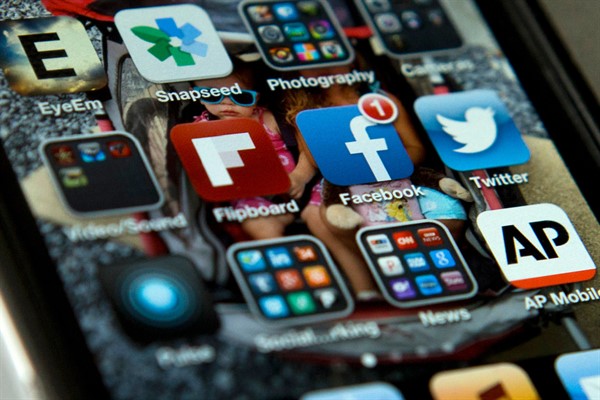Editor’s note: The following article is one of 30 that we’ve selected from our archives to celebrate World Politics Review’s 15th anniversary. You can find the full collection here.
On Sept. 1, 2009, the new U.S. Ambassador to Kenya Michael E. Ranneberger, a career foreign service officer with deep experience on the African continent, started a Twitter feed. The seven or so tweets he posted between then and Sept. 29 were lauded as another example of "Twitter Diplomacy." Shashank Bengali, blogging for McClatchy, declared that the ambassador came out "swinging" with highly charged comments about Kenyan presidential appointees and in support of Kenya's need for reform.
Over the past few years the State Department has introduced Twitter feeds from other U.S. embassies around the world, as well as Facebook groups and even blogs. It's excellent news that Ambassador Ranneberger and others are exploring these new tools for outreach. But are they using them in context? And are they reaching their intended audiences?

